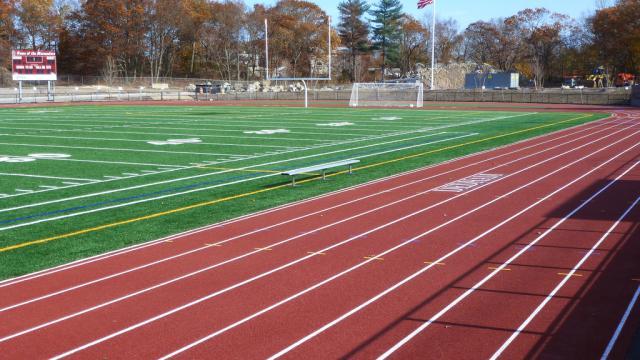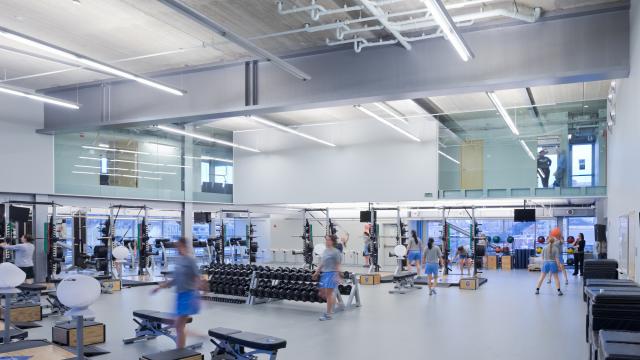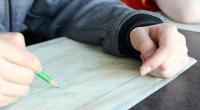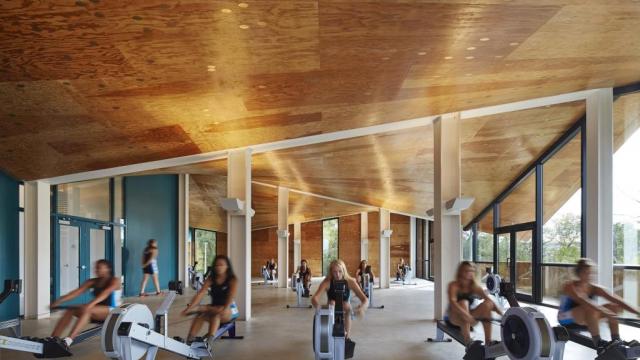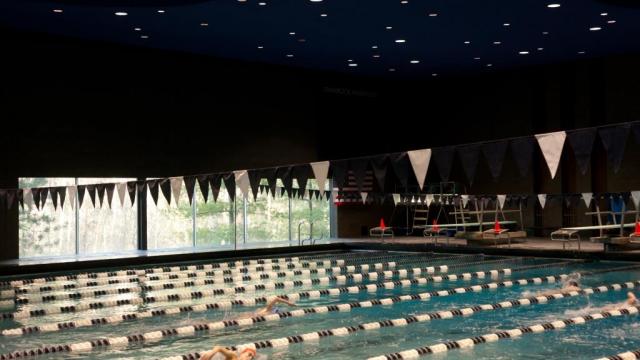
Honorable Mention - Top 10 Finalist - Mario Rodriguez - Redesign Your School Athletic Pavilion | 2014 National High School Architecture Competition #158
Advanced Technologies Academy is a magnet school in Las Vegas. Located at 2501 Vegas Drive, it was established in 1994 with the purpose of integrating technology with academics. The school's goal was to make it a completely "paperless school" in the way that everything would be computerized. So far, that hasnt been the case. The school’s current gymnasium was opened in early 2000. Before the establishment of the gym, all there was for the students to exercise was simply park exercise equipment. So in 2000, the new, yet expensive 12 million dollar gym was created. The gym was created prior to the creation of the east wing in the school. The east wing provided enough space for an additional 250 students. The gym was only designed to facilitate the original students, not the additional 250. So whenever there is an assembly or public meeting in the gym, we have to create two sessions: one for half of the students, and the other one for the rest of the students because there is not enough space to accommodate the entire school population. My goal is to create a true athletic pavilion instead of just a gym. I want to create something that any student or faculty member can use by being able to give it the full functionality of an athletic pavilion with a modern twist. I plan to have locker space for all of the students to be able to leave their clothes in their P.E. locker. Currently, freshmen and some sophomores are forced to carry take home their P.E. clothes due to the fact that there is no space. Because of the lack of space, the freshman P.E. locker room is in a portable. Students are required to bring their own lock in order to prevent theft because of the lack of space, they must share lockers with the other class periods. After the period is over, the students must take the clothes and the lock with them. With the inclusion of a larger locker room, this problem is overcome. I also plan to add an indoor track an an indoor soccer field. Being a resident of Las Vegas for more than five years, and having to put up with this intense heat, it is almost silly not to provide an indoor track. I also want to create a spacious weight room that will be able to accommodate all the P.E. students in the period. With the existing weight room, half the students enjoyed a nice workout session inside the weight room while the other half were not only running laps around the field, but also battling the heat. Adding classrooms with enough space for the P.E. teachers to give lectures in is also something I took into consideration. Being that there is only one classroom which is permanently occupied by the health teacher, the students would have to take their notes in the weight room. With limited room for chairs, many students had to find a seat on the exercise equipment or even the floor. So with the addition of the classrooms on the second floor, the students will now have the luxury of being able to take their notes on actual desks. Not only do I want to focus on the closed spaces of the athletic pavilion, but also the open spaces. On the second floor, I want to have a great big area where students can relax under a palm tree or even just be able to look at the view. I want to make it so even when they are inside the pavilion, they feel outside. In conclusion, the athletic pavilion I am creating will help reduce and even eliminate the problems with the existing gym by having a modernistic approach with still the effectiveness of a traditional classic.

